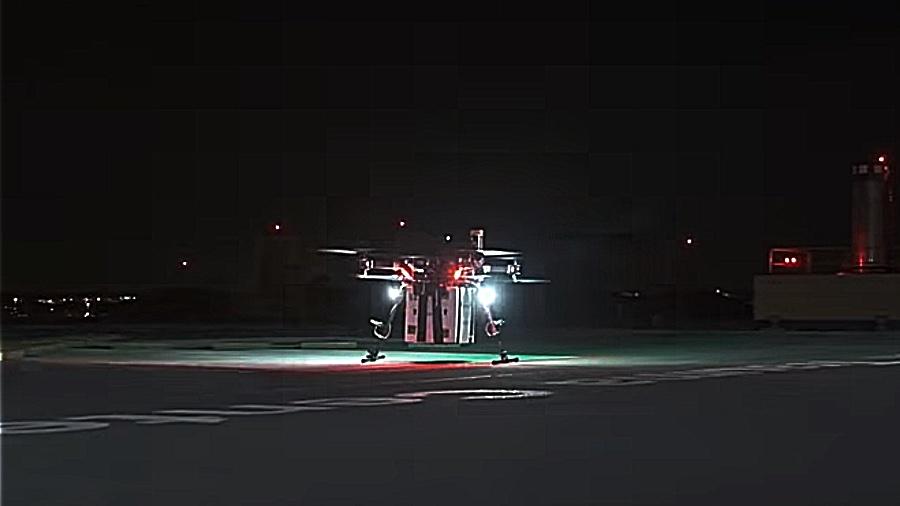In a first case and a rare achievement, a custom-made drone of the size of a washing machine flew a kidney to a transplant patient in Baltimore on April 19.
The kidney was airlifted by a drone in southwestern Baltimore to a hospital close by where it was immediately transplanted into an extremely ill patient.





